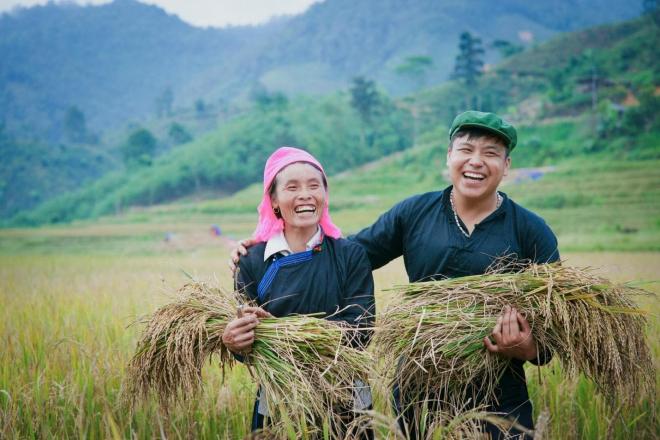
Ban Lien, the hidden soul of northern Vietnam
- on Apr 1, 2025 By: Phuong Mai NGUYEN
Tucked away from the well-worn tourist trails of Northern Vietnam, Ban Lien, a small village in Lao Cai Province, invites you to experience a rare and deeply human pause. Perched on the heights of the Bac Ha Plateau, this serene haven, home predominantly to the Tay ethnic group, offers a rich tapestry of nature, culture, and age-old traditions. Here, each season unveils a new atmosphere, each inhabitant embodies the spirit of a proud people, and every pathway becomes a living stage of Vietnamese cultural tourism.
Ban Lien, a preserved treasure of the Bac Ha highlands
Nestled some 30 kilometers east of Bac Ha town center, deep in the highlands of Lao Cai Province, Ban Lien emerges as a quiet yet precious jewel, still untouched by mass tourism. In this region where majestic mountains kiss the sky, the village is cradled between deep valleys, emerald-green tea hills, and ancient forests stretching beyond the horizon.
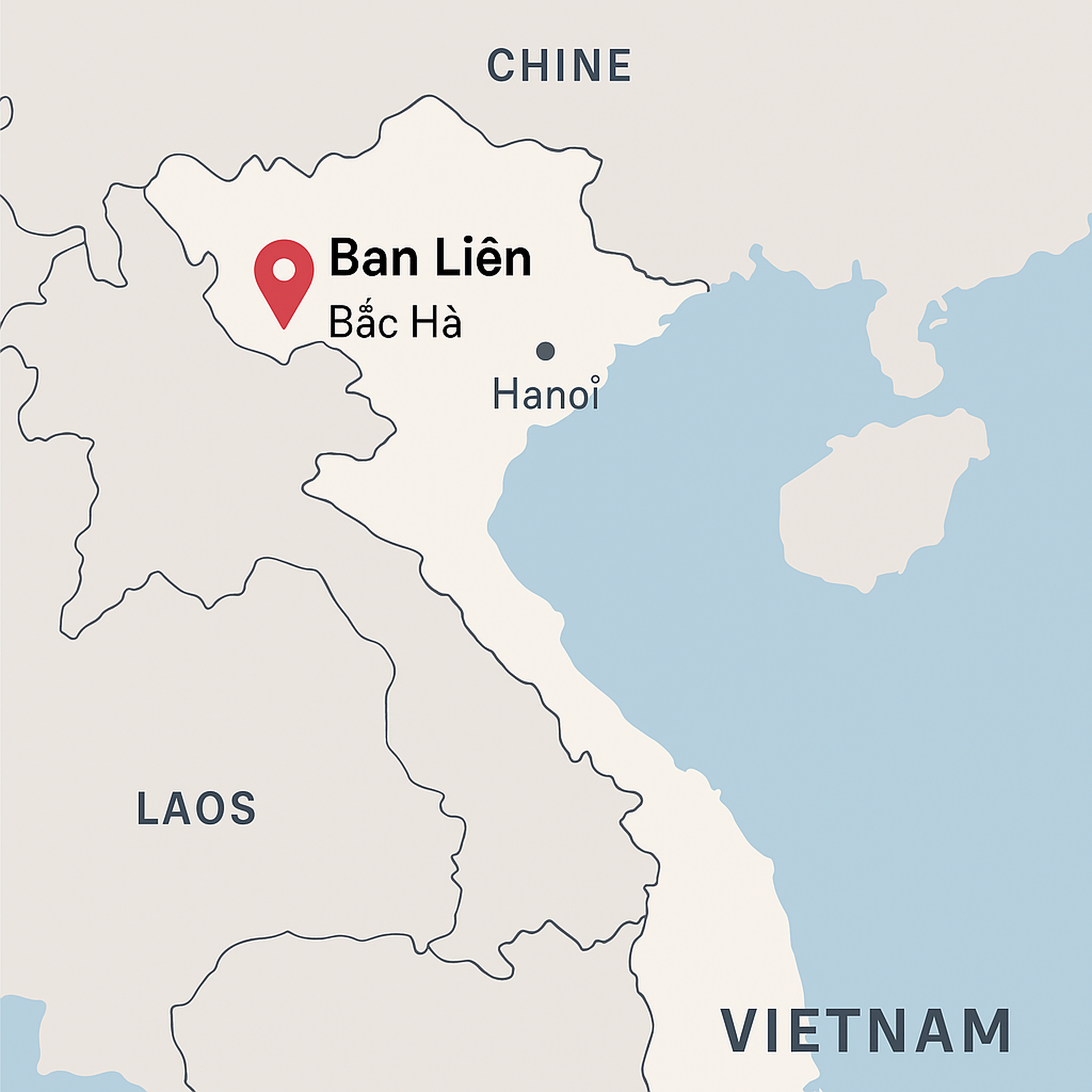
This highland territory, rising over 1,000 meters above sea level, is blessed with a forest cover exceeding 52%—a true biodiversity sanctuary. Wildlife and plant life coexist in peaceful balance, making Ban Lien an ideal retreat for lovers of untouched nature, pure air, and deep serenity. The landscapes here remain unshaped by urbanization; everything feels suspended in harmony between humans and the land. Ban Lien’s temperate climate is yet another gift: cool in summer, mild in winter, which offers the perfect conditions for leisurely walks, hilltop hikes, or contemplative rest in quiet hamlets.
In Ban Lien, every detail of the landscape tells a story of patience and harmony. The tea plantations sway gently in the wind, while hand-tended fields stretch across the land. Water buffalo calmly navigate the red-earth paths, and women in traditional dress hum as they gather tea buds. This slow-paced way of life captivates visitors and offers a true reconnection to what is essential.
A Living Immersion into Tay Culture
While Ban Lien's untouched beauty is undeniably captivating, it is its inhabitants—the Tay ethnic group—that embody the village’s true, vibrant soul. The Tay are Vietnam’s second-largest ethnic group after the Kinh, and they have lived for centuries in the mountainous regions of the north, especially in the fertile valleys of Lao Cai Province.
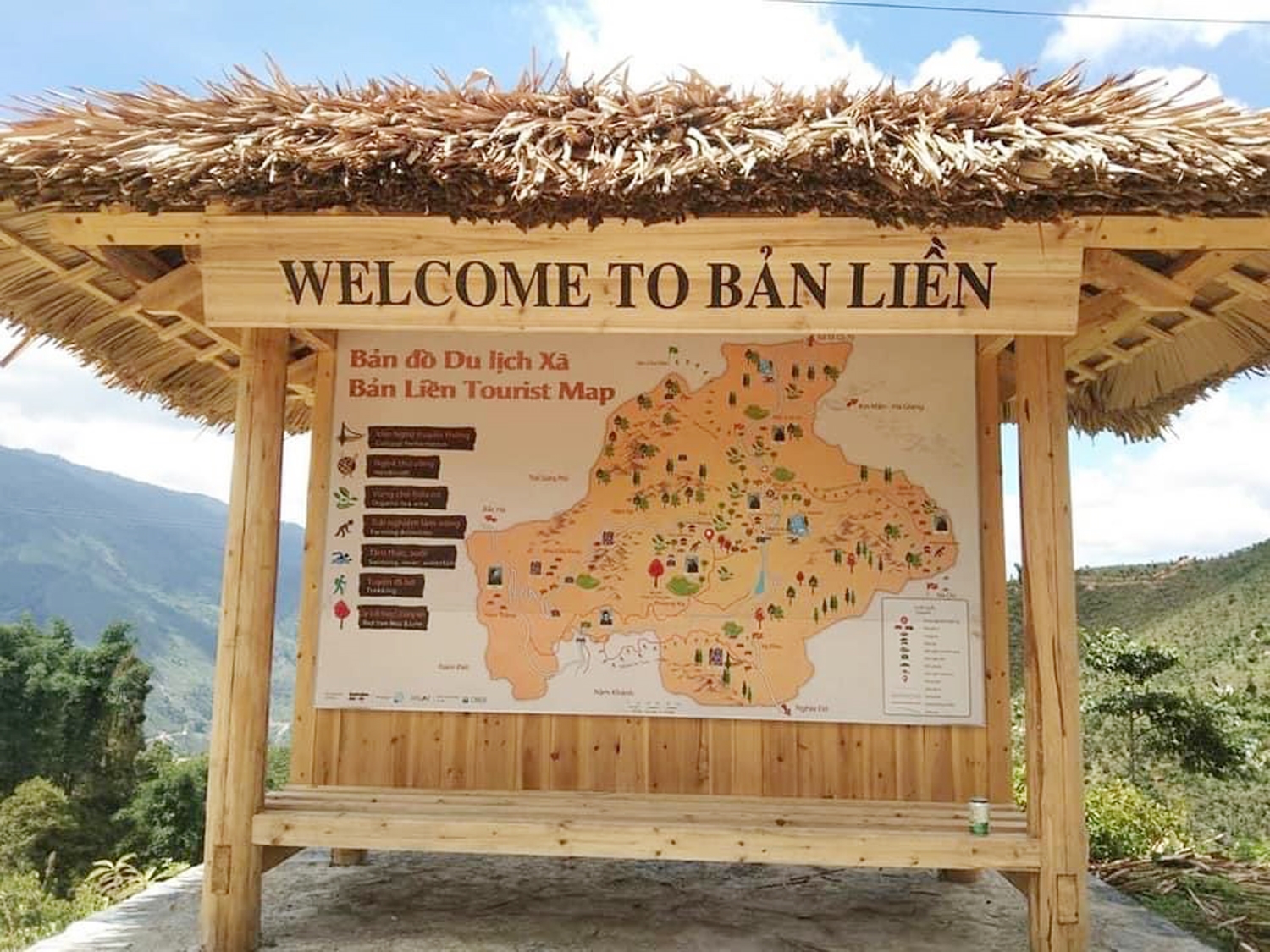
In Ban Lien, Tay culture is not merely visible - it's vivid, vibrant, and part of everyday life. Visitors are immediately struck by the cultural coherence of this village, where traditions are not frozen in time or displayed behind glass but are woven into the fabric of daily existence. Both elders and the younger generations speak the Tay language, an idiom of the Tai-Kadai linguistic family, markedly distinct from Vietnamese. Passed down orally, this language is one of the cornerstones of their identity.
Traditional attire, worn not only on special occasions but also in daily life, is marked by a refined, understated elegance: long, dark tunics, often dyed in deep indigo, paired with a brightly colored sash and a headdress for women. These garments are handmade, dyed with local plants, and sometimes embroidered with symbolic patterns passed down from generations past.

But it is above all through their seasonal rituals and festivals that the depth of Tay culture is most vividly revealed. Each milestone in the agricultural calendar becomes an opportunity for communal celebrations, often accompanied by traditional songs, dances, drums, offerings, and shared meals.
Among the most iconic is the Xuống Đồng Festival, or "Descent to the Fields", held in the spring just before the sowing season begins. Rooted in animist beliefs, this ritual blends prayers to the spirits of the earth, ritual processions, and joyful gatherings meant to invoke abundance, fertility, and harmony with nature. Villagers dress in their finest traditional attire, children participate infolk dances, and families prepare ancestral dishes such as xôi ngũ sắc—Five-color sticky rice.
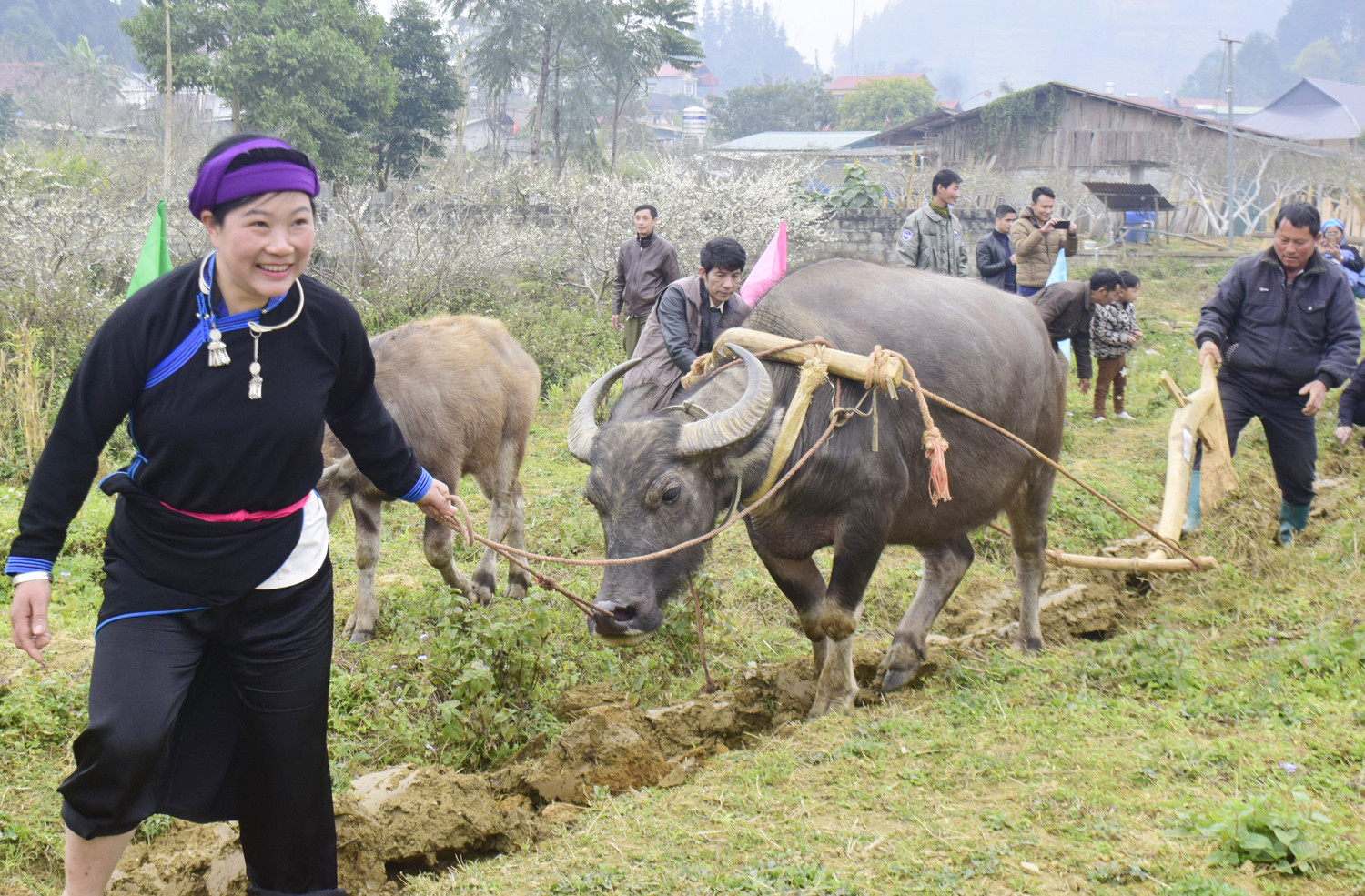
Traditional crafts also hold a central place in Tay's daily life. Basket weaving, textile production, ritual paper-making, and wood carving are all practiced using ancestral methods, often without machines. The hand-picked tea grown on the high slopes of Ban Lien and then sun-dried is a local staple. So too are the musical instruments, such as the đàn tính, whose melodic tones accompany tales and legends by the fire as night falls.
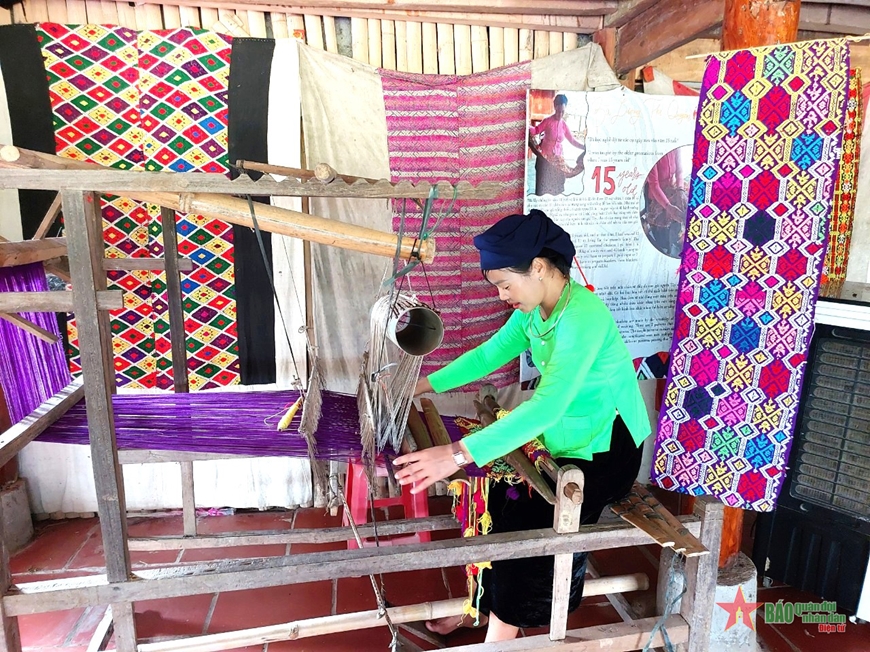
Stilt houses, characteristic of the Tay ethnic group, add a subtle touch of architectural poetry to Ban Lien’s idyllic landscape. With roofs covered in palm leaves or soft green moss, these homes seem to blend effortlessly into the scenery, as if each one were an extension of the mountain itself. Built from locally sourced wood, these dwellings are airy and open, overlooking the rice fields and winding footpaths. They reflect a simple, ecological way of life deeply rooted in the natural environment.
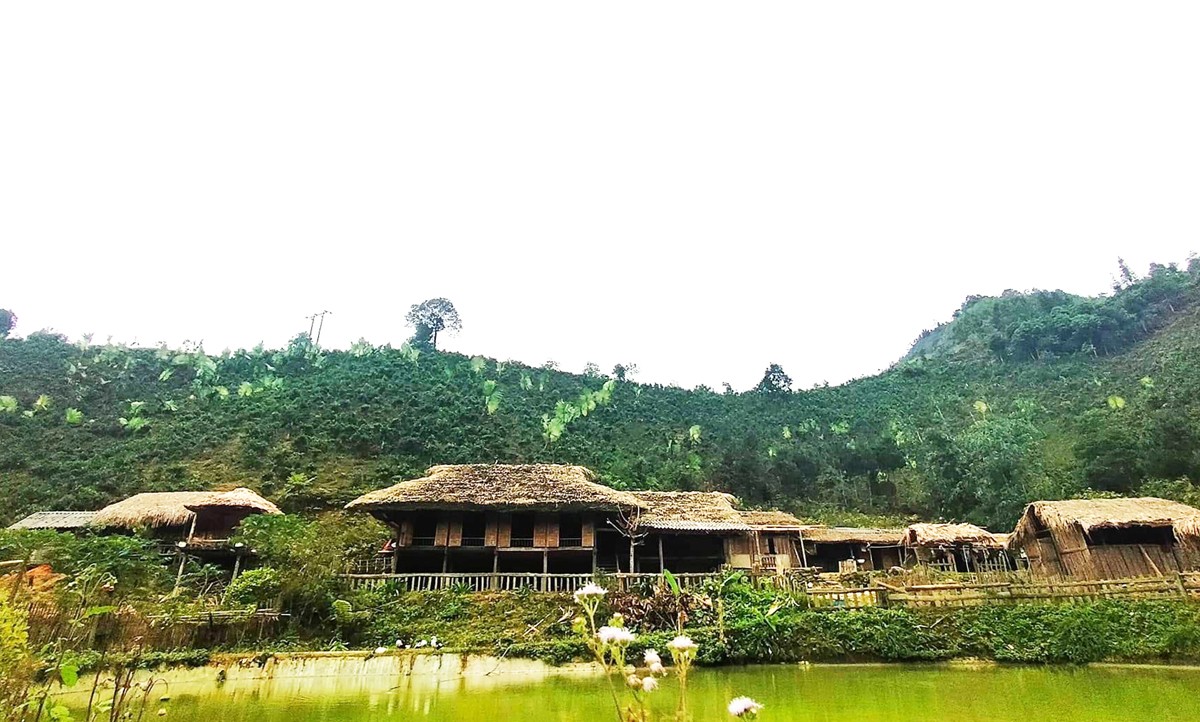
In Ban Lien, every daily gesture becomes a cultural act, and every smile bridges past and present. Visitors who spend the time to engage with locals, stay in a traditional home, take part in a ceremony, or join a day of foraging or harvesting will experience a genuine cultural immersion, far removed from superficial folklore or tourist clichés.
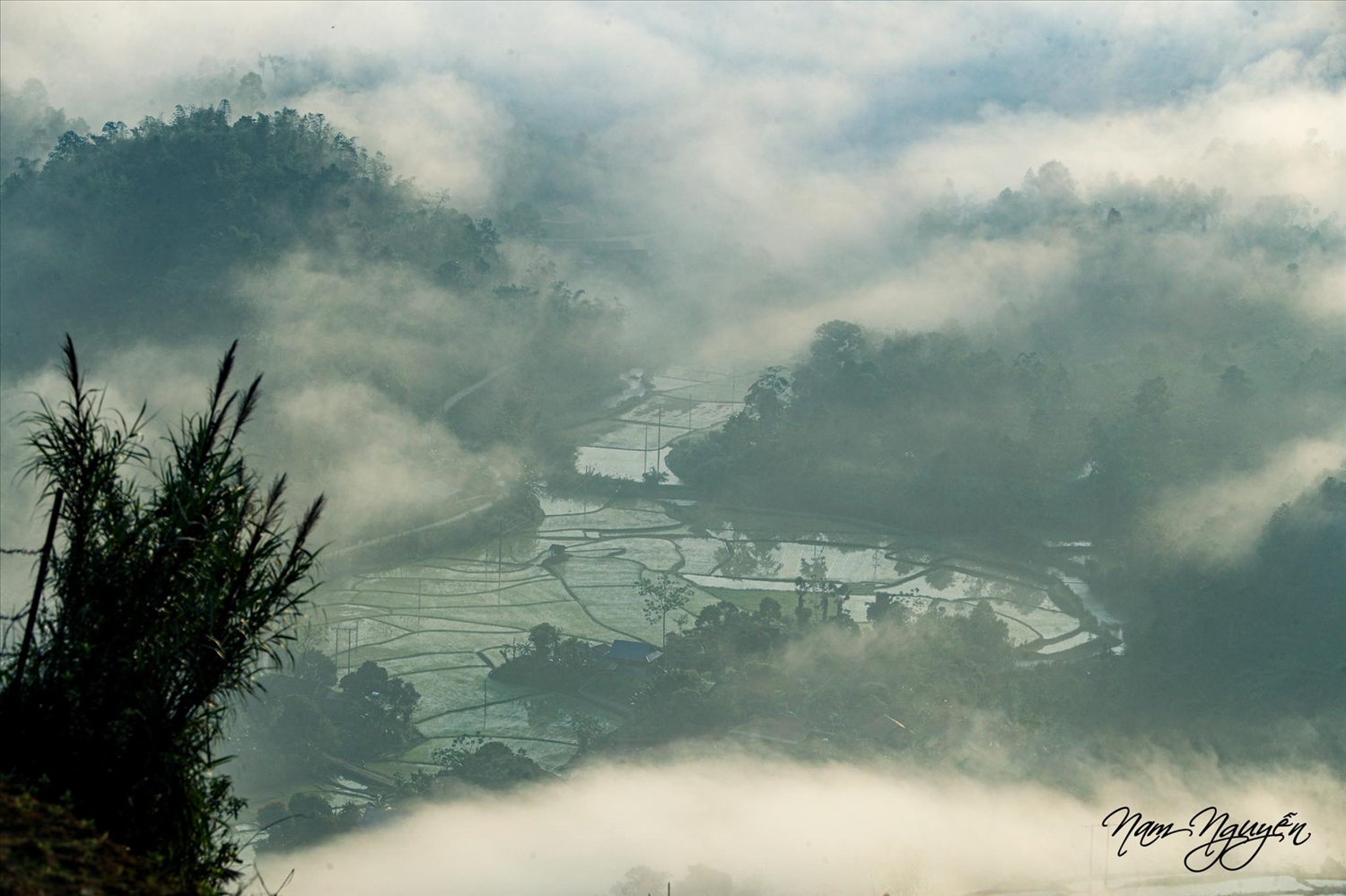
The Thursday market: Beating heart of Local Life
Every Thursday, the village comes alive with its ethnic market, a true cultural crossroads where the Tay, Mong, and Dao communities gather to exchange goods, stories, and smiles. It’s a vibrant scene where you’ll find:
Hand-embroidered textiles,
Artisanal farming tools,
Tay culinary specialties, such as glutinous rice steamed in bamboo tubes or stream fish cooked with wild herbs.
But the undisputed star of the market is Ban Lien’s tea, harvested in February and March, rich in tender buds, and entirely hand-processed. This mountain tea, both delicate and aromatic, is highly prized for its purity and smooth flavor.
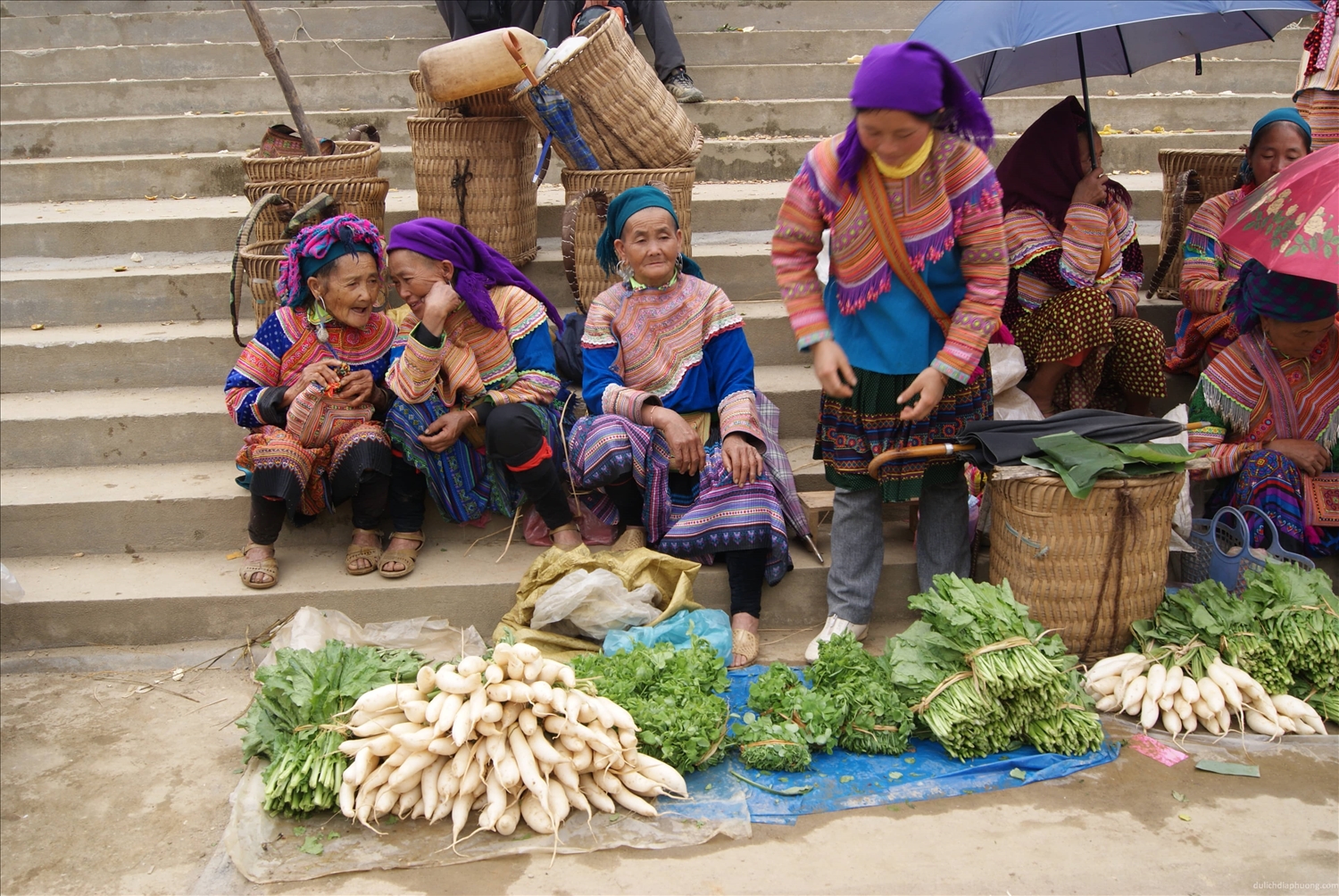
Why you shouldn’t miss a visit to Ban Lien
Ban Lien, a hidden gem in Lao Cai Province, is a destination that combines easy accessibility with a strategic location for those seeking an authentic journey through Northern Vietnam. One of its greatest charms lies in the diversity of its landscapes throughout the seasons, each offering a unique visual and sensory experience.
A Destination to Rediscover with Every Season
- Spring – Blossoms and Festivals in Full Bloom: In March and April, peach blossoms bathe the hillsides in soft pastel pink. The sounds of traditional songs and dances fill the villages during agricultural celebrations, and hikers are welcomed by a landscape awakening to life.
- Summer – The Revival of the Rice Terraces: With the arrival of the first rains, the terraced fields fill with water, transforming into giant mirrors reflecting the sky. It’s the perfect time for photography enthusiasts and nature lovers seeking vivid, living landscapes.
- Autumn – The Golden Season of Harvest: In September and October, the fields turn a brilliant golden hue as the rice ripens. Farmers bustle with activity in a lively and warm atmosphere, and visitors can share in genuine moments of rural life.
- Winter – Misty Silence in the Highlands: From November to February, mists wrap around the mountains, casting a mystical ambiance over Ban Lien. Silence settles in, and the wooden stilt houses fade into the clouds, creating a poetic tableau of fog-shrouded peaks.
Ban Lien, a gateway to five other authentic villages
In less than a day from Hanoi, travelers can reach Ban Lien by night train or sleeper bus to Lao Cai, followed by a scenic mountain road. From there, Ban Lien is just a 40-minute drive away, along a picturesque route winding through rice terraces and forests. Still largely unknown to the general public, Ban Lien has preserved its soul in its purest form. The majority of its inhabitants belong to the Tay ethnic group, who continue to live in harmony with the agricultural seasons, ancestral rituals, and the rhythms of nature.
Here, you’ll encounter:
Breathtaking terraced rice fields,
Wild tea-covered hills,
Traditional stilt houses nestled in lush forests,
and a model of community-based ecotourism that respects and celebrates the local culture.
But what makes Ban Lien truly unmissable is also its strategic location as a launching point for exploring other nearby authentic villages. Thanks to this, Ban Lien allows visitors to easily venture into neighboring ethnic and agricultural hamlets, each offering adistinct cultural flavor, a unique local lifestyle, and stunning landscapes.
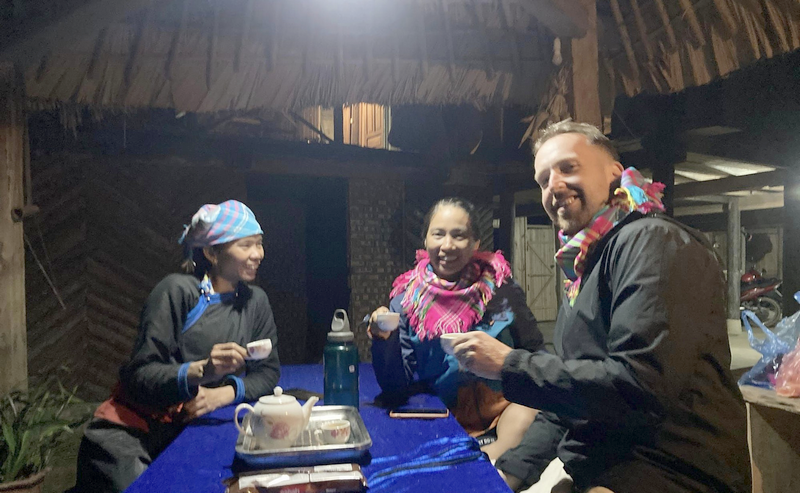
4-Day Itinerary – 6 Villages to Discover from Ban Lien
Day 1 – Ban Lien
- Arrival and immersion into Tay daily life: explore traditional stilt houses, walk through scenic rice terraces, sample local tea, and enjoy an overnight stay with a local family.
Day 2 – Nam Khanh and Nam Mon
- Hike through tea-covered hills toward Nam Khanh, a peaceful, authentic village, then continue to Nam Mon, nestled among lush rice fields and mountain views.
Day 3 – Ta Chai
- Explore the Red Dao village of Ta Chai, famous for its vivid traditional garments and unique textile traditions. Participate in a hands-on craft activity with local artisans.
Day 4 – Lung Phinh and Return to Bac Ha
- Final stop in Lung Phinh, a hilltop Hmong village, before heading back to Bac Ha town center. Visit the weekly ethnic market and the historic Mong King’s Palace.
.Visiting Ban Lien is more than just an exploration of Tay culture; it also provides access to a network of preserved villages that are easily connected and rich in traditions, natural beauty, and meaningful interactions. From this strategic hub, you can create a 4-day itinerary filled with authenticity and depth, steering clear of the typical tourist routes.
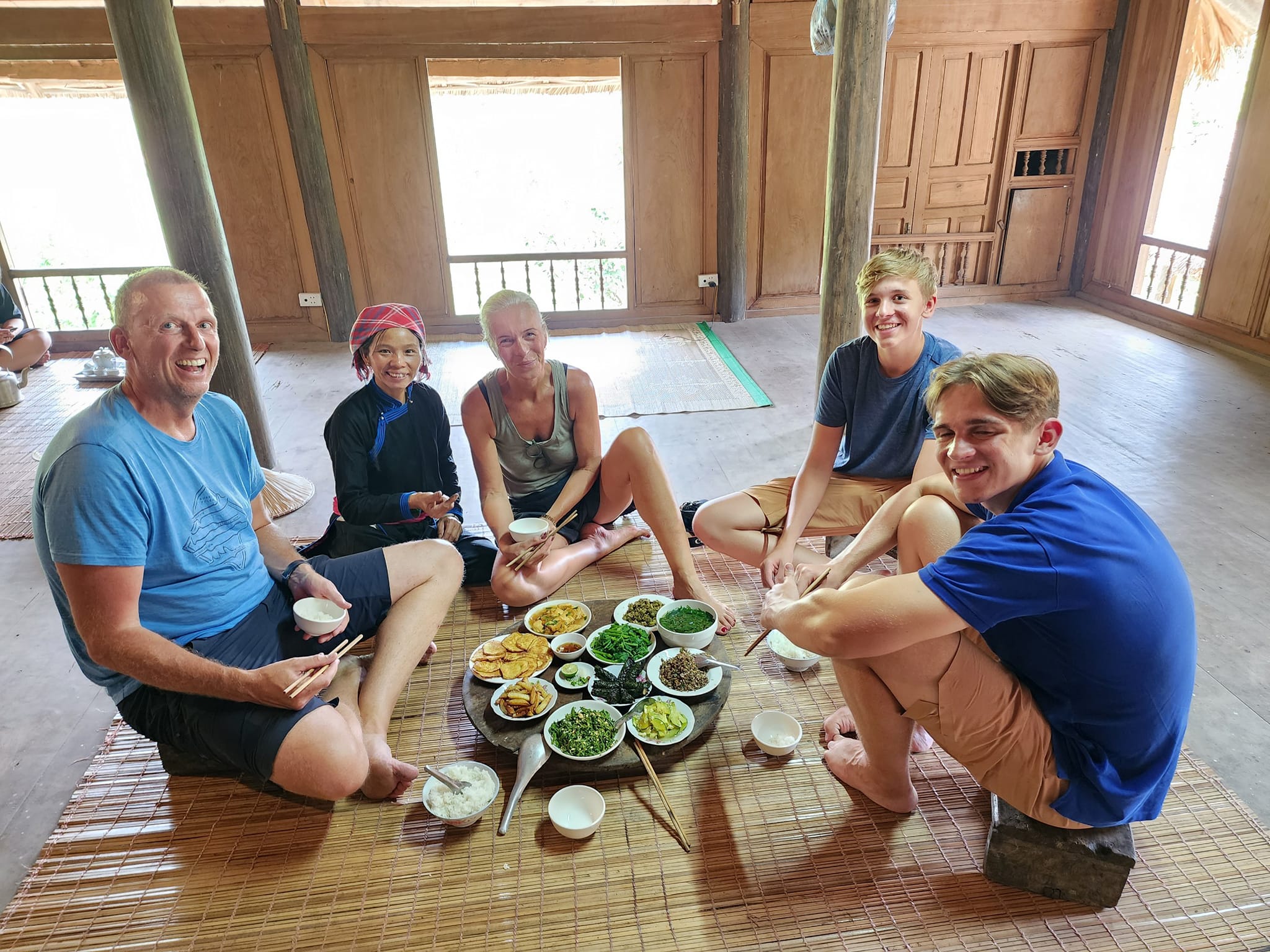
Related articles:
>> Bac Ha Vietnam, what to do and what to visit?
>> Tour in the Northwest of Vietnam : Where to go? Which itinerary? What to do? How many days?
 Español
Español Français
Français
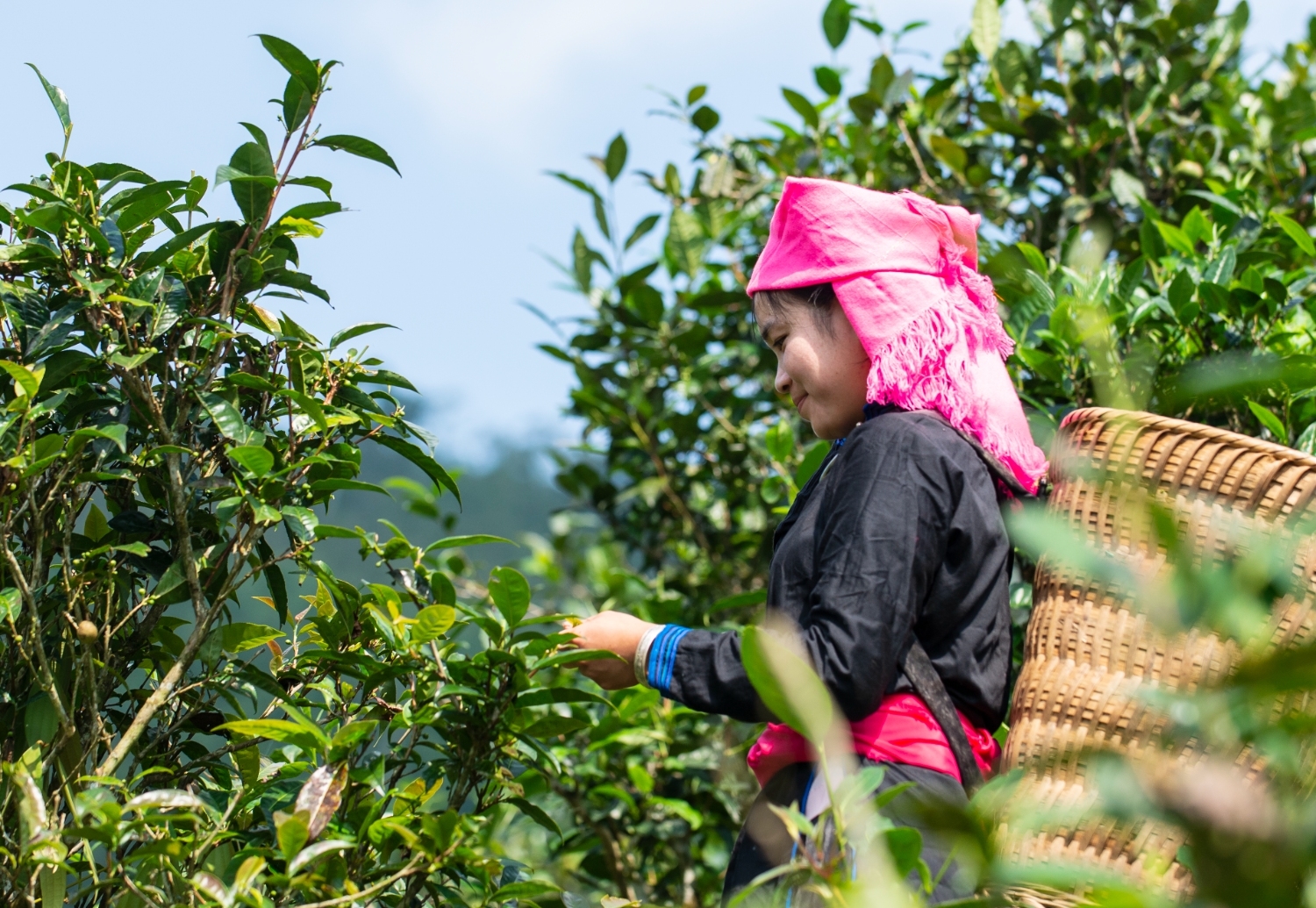
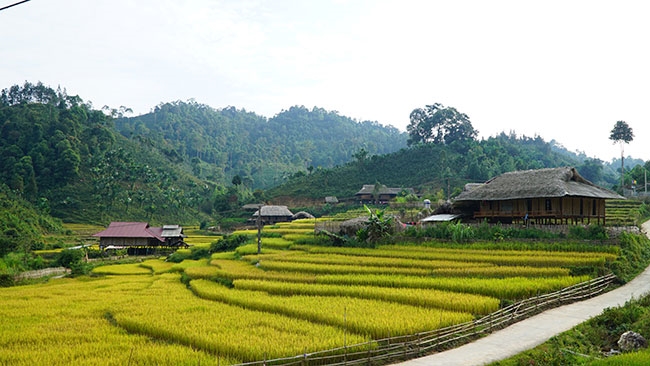







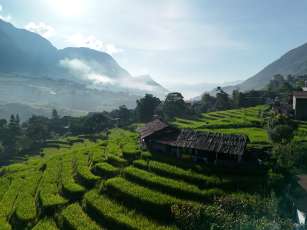
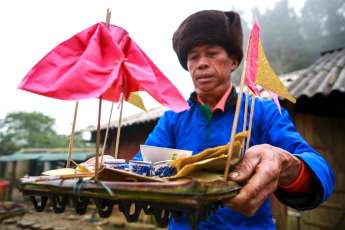
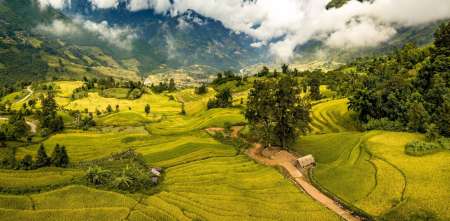
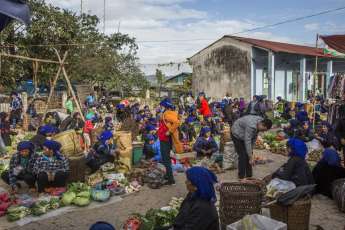
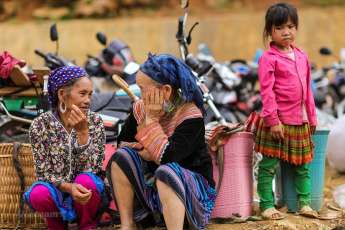
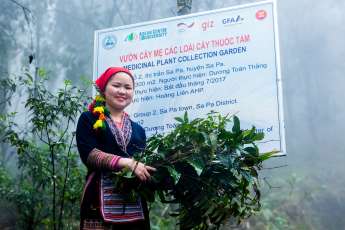







Morgane Ter Cock
on Dec 18, 2025HerbertPhomaMS
on Oct 19, 2025Lilyan Cuttler
on Oct 15, 2025Avenue17XC
on Sep 14, 2025Avenue18JL
on Jul 21, 2025